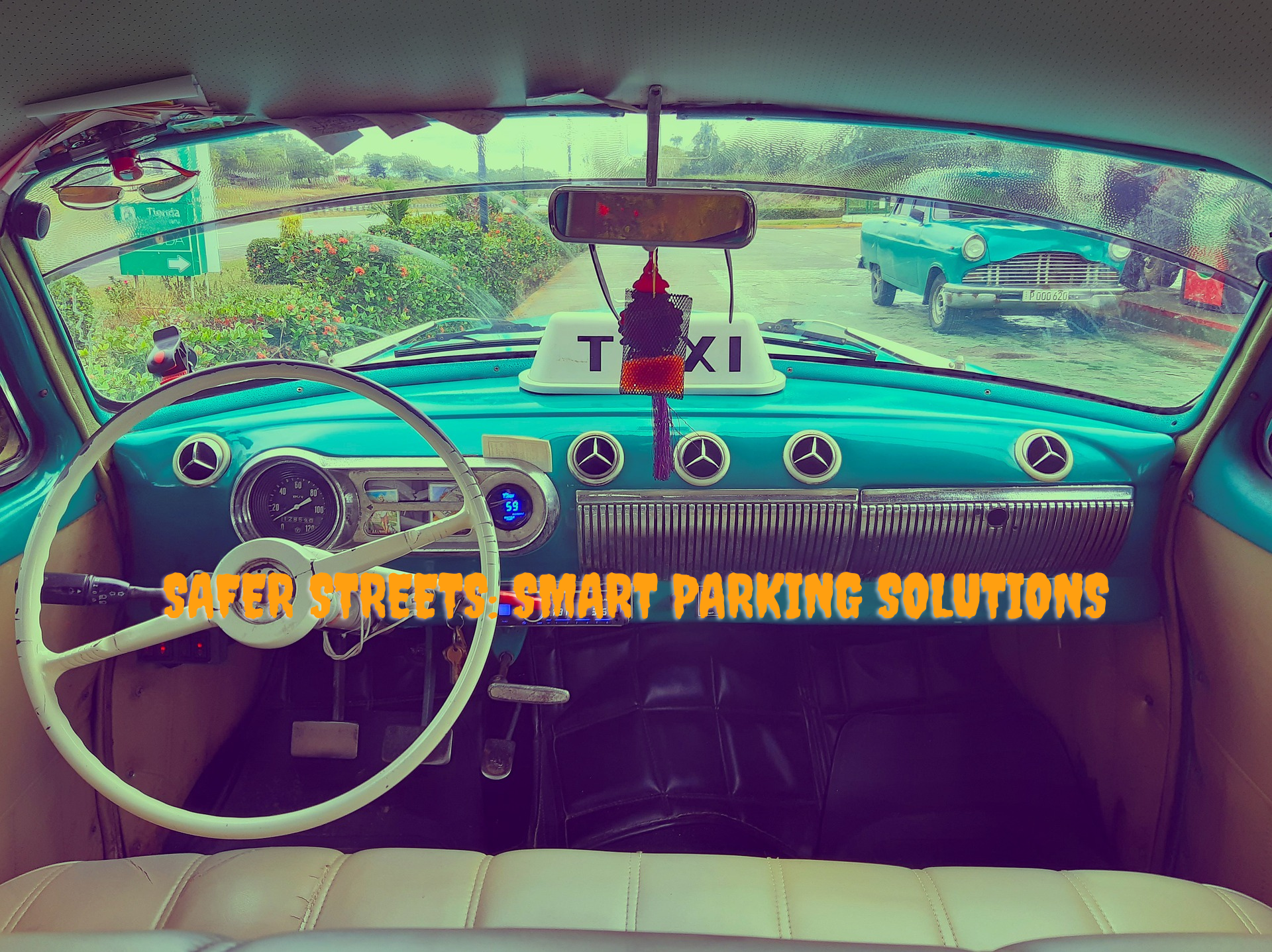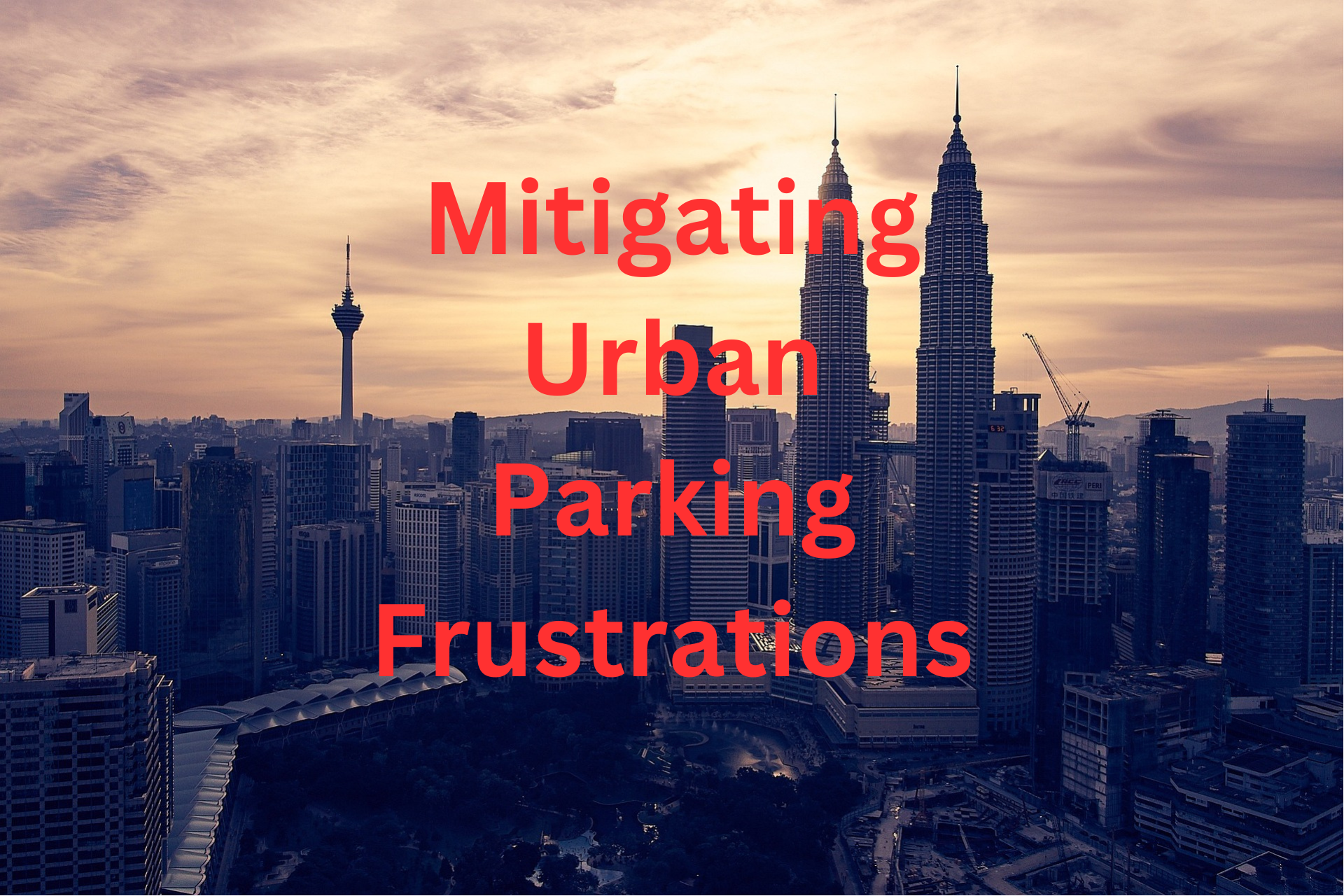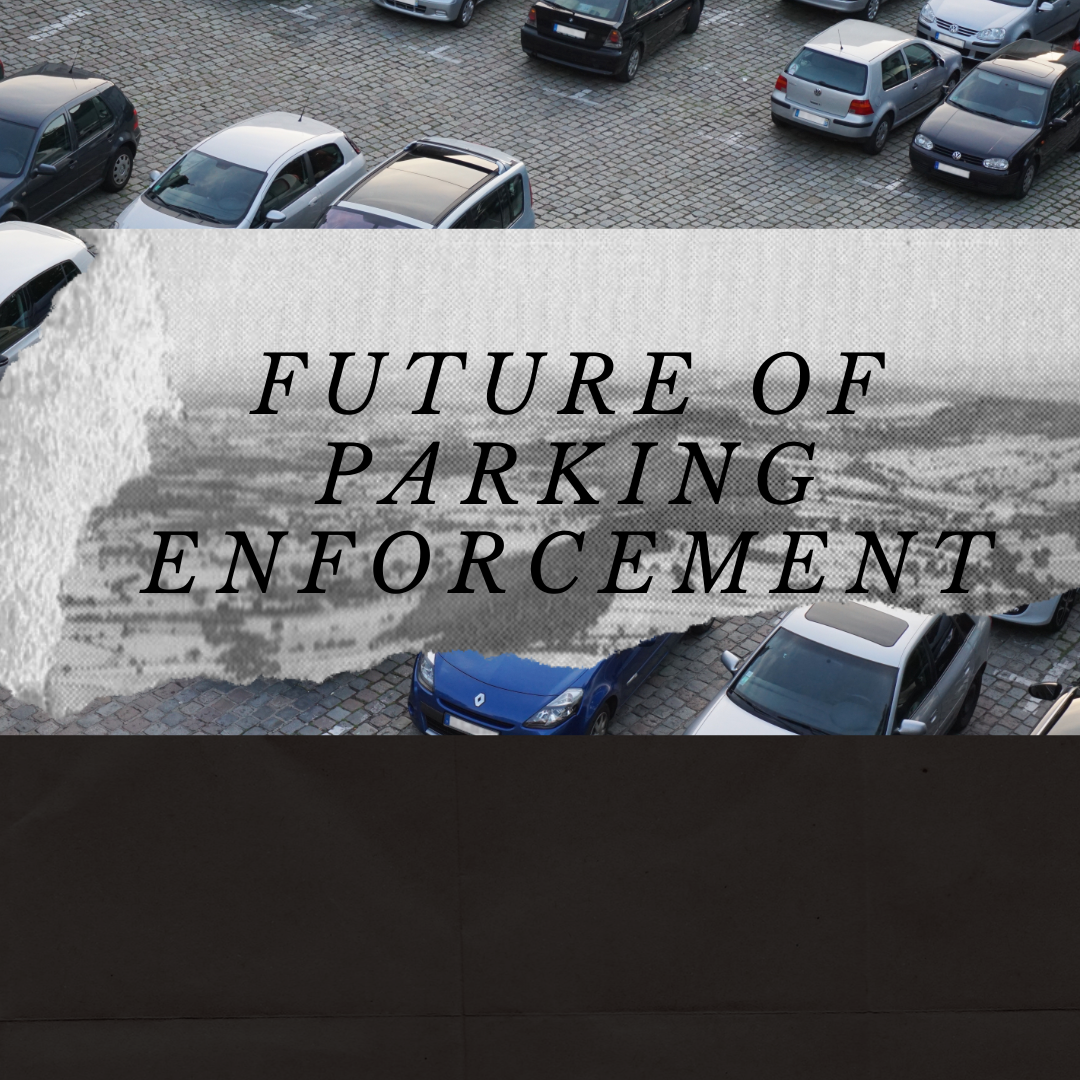Parking challenges persist in the US, with a scarcity of spaces leading to violations like curb-side parking. UCLA research highlights frequent violations due to inconsistent rule enforcement. This poses difficulties for lot operators. Fortunately, smart technology offers solutions, using various devices and programs to tackle these issues and enhance parking regulation enforcement. Here are a few ways smart tech is changing the game for parking violations.
Enhanced Security through Smart Plate Reading
Enhanced security through smart plate reading effectively addresses parking violations by automating the identification and monitoring of vehicles. This technology reads license plates to verify authorized access and detect any violations. It enables real-time enforcement, ensuring that only permitted vehicles use designated spaces. This not only enhances security by preventing unauthorized parking but also contributes to a more efficient and compliant parking system, reducing the likelihood of violations and associated penalties.
Cutting-Edge Wearable Tech
Cutting-edge wearable tech assists in addressing parking violations by providing real-time data and alerts to enforcement personnel. Wearable devices equipped with location-tracking capabilities enable efficient monitoring of parking spaces. When a violation is detected, instant notifications are sent, allowing swift intervention. This technology enhances enforcement effectiveness, promoting compliance with parking regulations and ensuring a more organized and secure parking environment.
Smart Parking Enforcement
Smart parking enforcement plays a pivotal role in addressing parking violations by employing advanced technologies such as sensors, cameras, and data analytics. These systems automatically monitor parking spaces, detect unauthorized vehicles, and issue real-time alerts. Automated ticketing and fine systems contribute to efficient enforcement. By leveraging technology, smart parking enforcement enhances accuracy, speed, and fairness in addressing violations, leading to improved compliance with parking regulations and a more orderly parking infrastructure.



